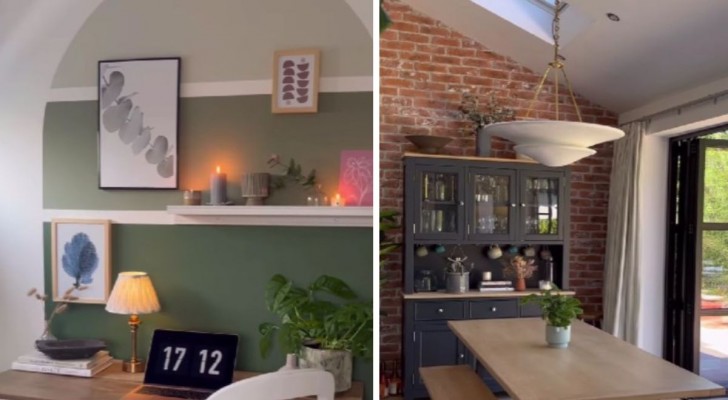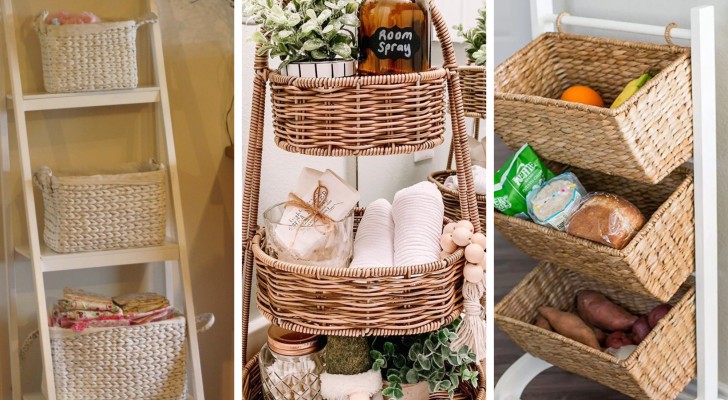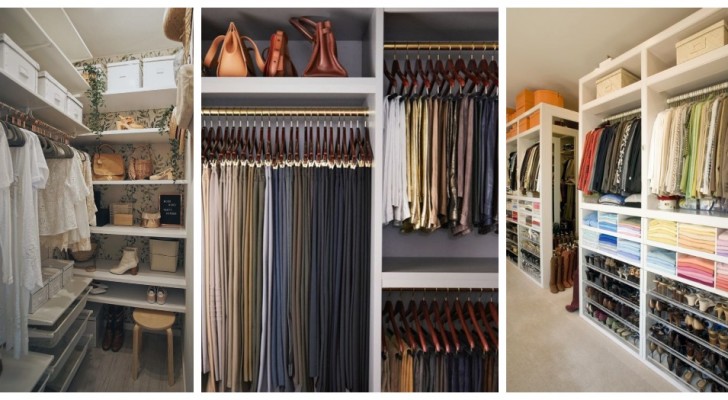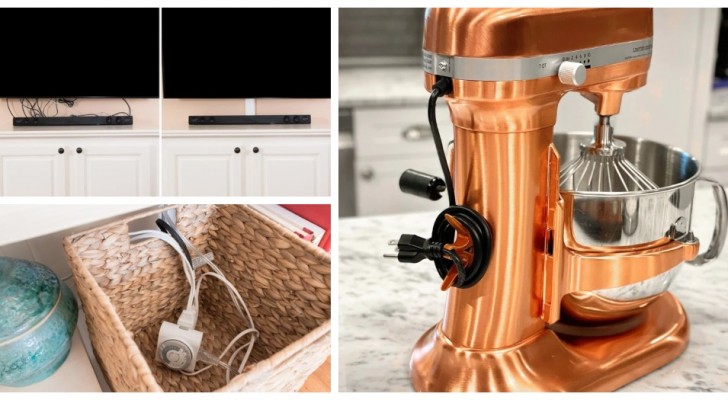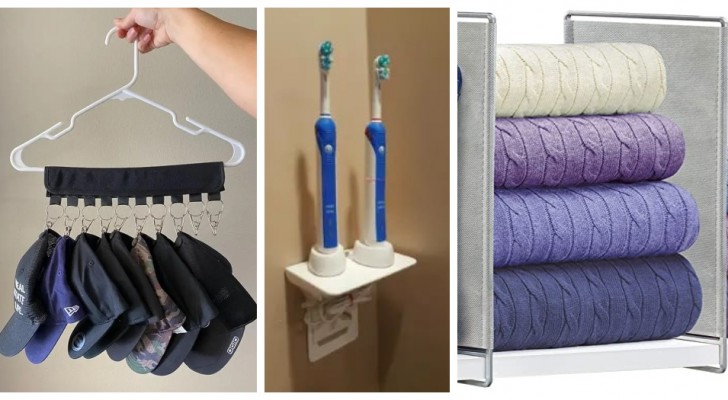Laminate flooring: learn more about the best alternative to classic parquet
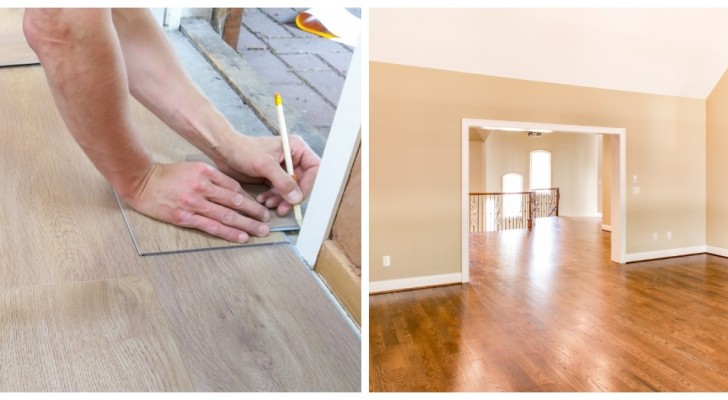
Wooden floors have an irresistible charm: an indisputable and timeless beauty, which give elegance and warmth to any home and can match almost any style of furniture and decor. Traditionally, by a wooden floor we meant parquet whose wooden planks, (depending on the material and the installation), give life to a vibrant environment. Over time, however, some decidedly less expensive alternatives to parquet have also emerged.
If parquet is a very elegant and beautiful type of flooring, it is also true that it is expensive to buy, install and maintain, since it is easily damaged with wear. Some modern alternatives, however, such as laminate floors, can therefore be more advantageous.
Laminate floors are those made of composite wood panels, pressed together to create a durable decking that mimics the look of parquet. Good quality laminates are also easy to clean and more durable than solid wood planks, making them a great choice for rooms that are more at risk of getting wet (or being exposed to humidity) as well as those exposed to direct sunlight.
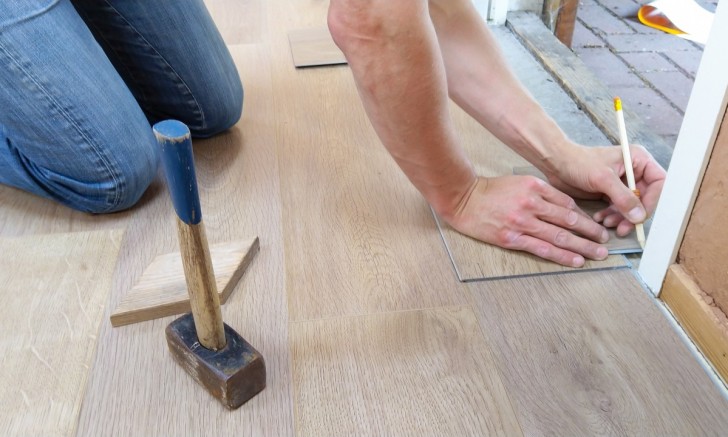
Laminate floors are divided into two main categories: those indicated by the acronym DPL (Direct Pressure Laminate: direct lamination floors, often also called melamine floors); and those called HPL (High Pressure Laminate, i.e. products made in a fixed, high pressure press ). In the vast majority of cases, those of the first type (DPL) are more easily found in the marketplace, but the best performance is given by the latter (HPL).
For each one, all the necessary installation guides must be followed: if done well (and it is better to contact experts), it also allows you to cover the floors of rooms such as the kitchen or bathroom in wood (and where normal wood would generally more susceptible to deformation and wear). There are even those who use laminate flooring to cover the walls!
Direct lamination floors (DPL) consist of four layers: a lower layer that stabilizes the entire covering, a central layer (core layer), a decorative layer, and then the top layer that is exposed to traffic. All of these are fused together under high pressure. This is the best choice for private homes.
The other type (HPL) includes a fifth layer, made of paper that is treated with resin to makes it stiff and strong. The pressure applied to join all these layers is even higher in this type of production, and the result is a harder floor, which resists humidity, heat, wear and scratches much better. Installation in public places or commercial buildings is recommended for this type of flooring.
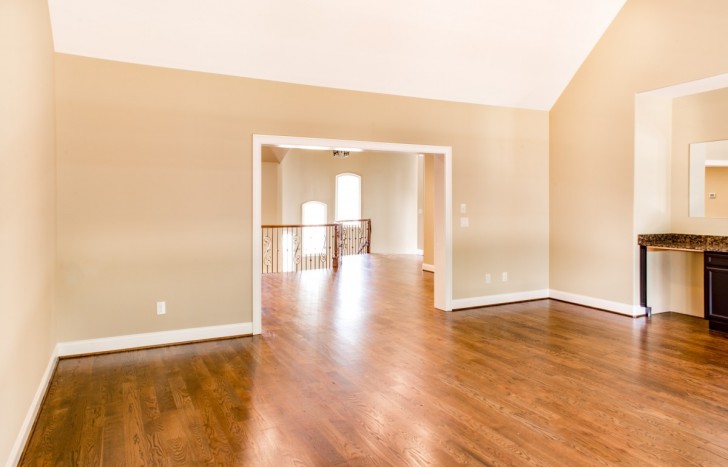
Other useful information:
- The AC standards: this is a classification that measures wear resistance, and ranges from a minimum indicated as AC1 up to a maximum of AC6 (which is usually reserved for busy public areas).
- The thickness: laminate floors have a thickness between 7mm and 12mm on average. The thicker they are, the more they will be suitable for areas that are not completely flat, so as to better resist the deformations caused by traffic. Of course, the thicker ones also absorb sound better. Be mindful to always ask if the thickness indicated by the manufacturer is just that of the layers of wood or includes the base.
- Width of the boards: the boards or planks can be of various sizes. The large ones are very beautiful but are also more difficult to install than the thinner ones, and can leave "voids" - especially if the floor below was not perfectly flat. From an aesthetic point of view, it is advisable to use smaller boards for small rooms, and larger ones in spaces with a greater surface area.
As for the finish, there is really plenty of choice for colors and textures that will imitate many types of parquet and wooden floors in general. Have you ever installed laminate flooring in your home?
